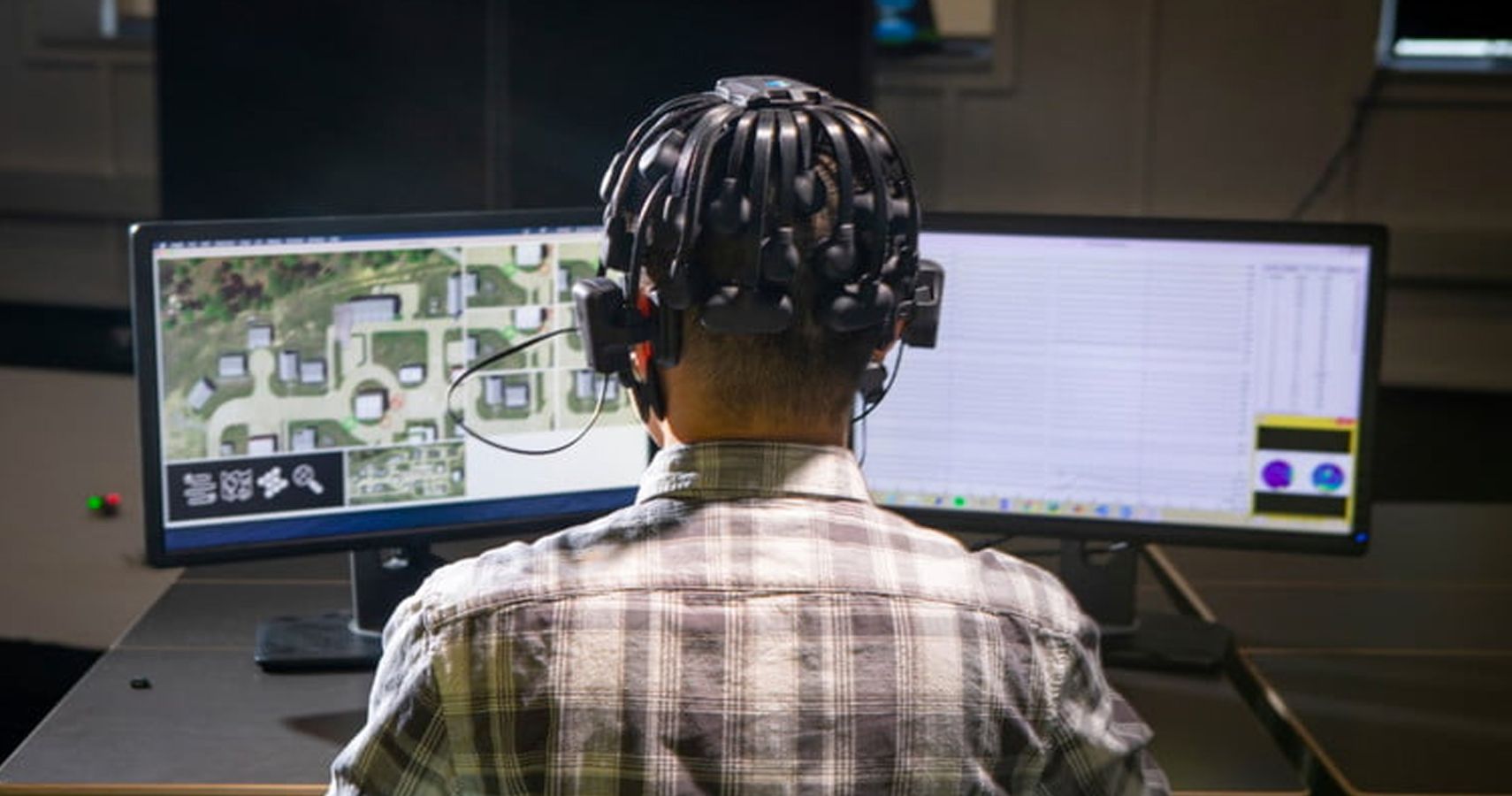Apparently the US Army is funding a study that will closely examine the brain activity and eye movement of gamers, and will then use that data to create a fleet of artificially intelligent military robots. The study aims to create robots that are able to communicate with one another and adapt to new situations on the fly, just like gamers.
The U.S. Defense Advance Research Projects Agency recently awarded a $316,000 grant to the University of Buffalo's Artificial Intelligence Institute in support of the study. The $316,000 will likely be enough to accomplish the study, but it's clear that we're still a while away from something resembling the plot of a comic book movie.
The team from the University of Buffalo is planning to examine 25 individual gamers while they play StarCraft, Company of Heroes, and Stellaris. The team plans to record decision making, use high speed cameras to track eye movement, and implement a specific test, called an electroencephalogram, to monitor brain waves across various points of gameplay.
Souma Chowdhury, an assistant professor and lead investigator on the study, explained that their goal is to create an AI that understands what motivates human actions instead of simply trying to copy them. Chowdhurry says that they want the robots to be able to quickly communicate with each other and adapt to unique situations, such as a large cloud of smoke during an emergency.
Chowdhurry explains that much of the study is based on the science of swarm intelligence, which Digital Trends defines as, "the collective behavior of decentralized, self-organized systems, both virtual and robotic." In layman's terms, it's a bunch of small robots with individual jobs that work as a collective mind to complete a specific task.
The next step supposedly would involve creating 250 small robots, both air and ground, that would then implement actions based on the data recorded in the study. Chowdhurry compared the system to a supervisor and hundreds of small employees, in which one robot has an overall plan laid out while the smaller ones make individual decisions to complete that plan.
This "hive mind" technology will likely sound familiar to those of us that have watched enough movies or played a good amount of video games. While something like this may have only been an entertaining sci-fi trope in the past, it could soon be much realer than we had imagined some day soon.
Source: Digital Trends


